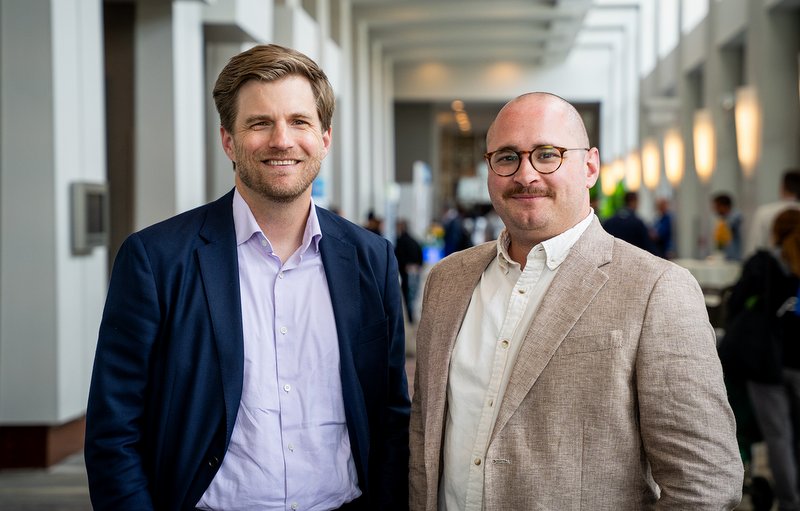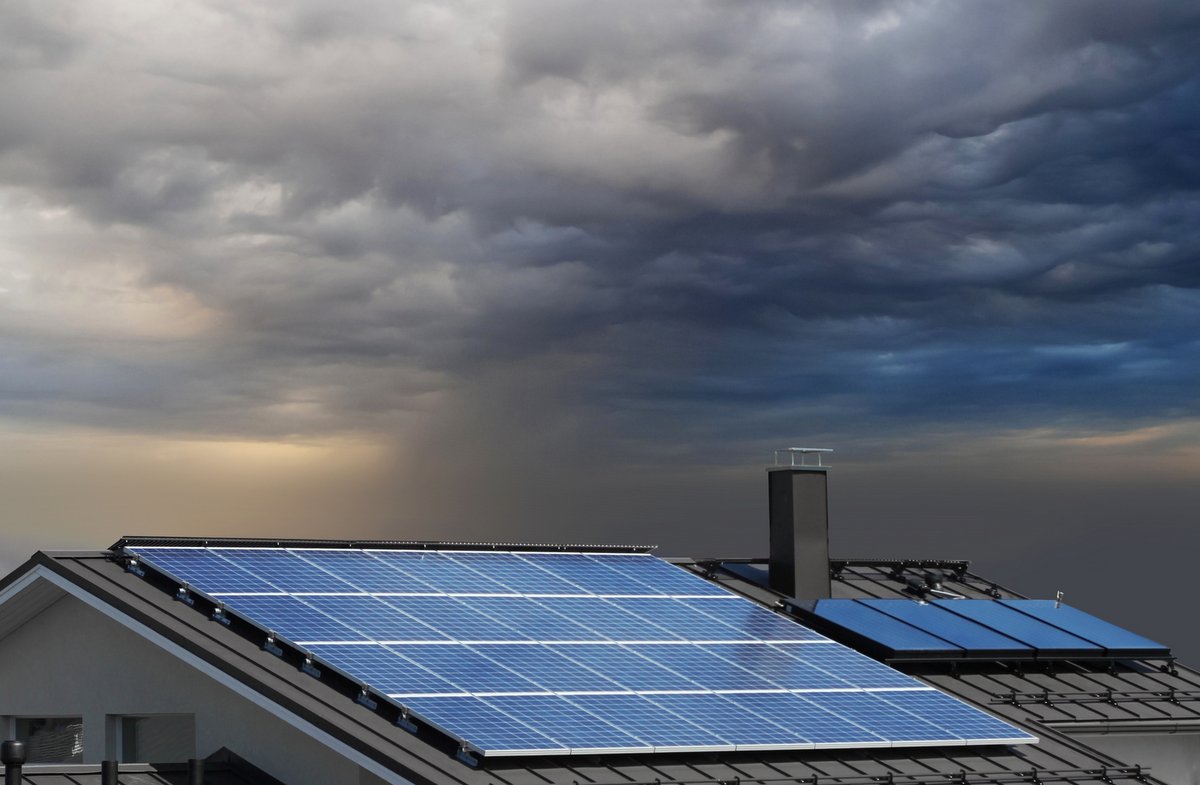Last week in solar policy: South Carolina NEM, Colorado interconnect and California PCIA

States across the country are changing their distributed solar incentives / policies for both the better and worse. Here are the most notable bill proposals and regulatory rulings from last week.
Colorado eases interconnection
In a joint request, SEIA and the Colorado Solar and Storage Association (COSSA) asked the PUC to reevaluate interconnection rules that had resulted in unnecessary confusion for solar + storage customers in Colorado, and the state’s Public Utilities Commission listened. The CPUC’s decisions will help to drive deployment innovation and provide much needed transparency and predictability for customers and solar installers across Colorado.
“The interconnection proceeding lasted over two years and many stakeholders worked hard to modernize Colorado’s electrical grid,” said Mike Kruger, COSSA’s president and CEO. “We believe that the final result will ensure that customers have a clear path to installing more solar and energy storage, especially if the PUC approves incentives for deployment.”
The PUC decisions will:
- Maintain flexibility for solar + storage customers so they can use a variety of solar + storage configurations, helping to preserve customer choice and retain options for solar installers;
- Allow solar + storage customers to draw from their solar energy system or from the grid and empower them to use the stored energy whenever and however they want; and
- Clarify interconnection rules, make it easier for residential and commercial solar + storage projects to qualify for fast-track processing and hold utilities accountable for sticking to interconnection deadlines.
South Carolina issues final net metering rule, property tax exemption
South Carolina continues to boost its solar industry. South Carolina Public Service Commission issued final rules for net metering in South Carolina. The Solar Energy Industries Association (SEIA) worked collaboratively with Duke Energy to successfully create a net metering program in South Carolina that better aligns with customer behavior and electricity system needs.
The net metering regime for current solar customers will be officially extended through 2025 or 2029, depending on when customers switched to solar. At the conclusion of that period, customers can continue with the current regime at 2025 or 2029 retail rates, or switch to the new program. Key elements of the new program include time-of-use rates and rebates for smart thermostats, both of which better align customer behavior with electricity system needs.
“SEIA also commends Duke Energy for engaging with solar stakeholders throughout this process. Because Duke Energy took a collaborative approach to net metering and entered into good faith discussions with the solar industry, we were able to come to a decision that works for all parties, especially ratepayers. We hope more utilities will take note of this approach and work with us on these important matters.”
In addition, South Carolina’s state legislature passed H. 3354, which exempts leased and third party owned residential solar systems from property taxes. This exemption is already in place for solar customers that own their systems. The new legislation puts all solar customers on equal footing when it comes to tax treatment. H. 3354 prevents solar customers from getting double taxed and will help to support South Carolina’s growing rooftop solar market.
CalCCA Statement on Today’s PCIA Decision by the CPUC
While NEM 3.0 is getting a lot of (deserved) attention and derision, the California Community Choice Association (CalCCA) is calling out the CPUC’s Power charge indifference adjustment (PCIA) decision.
“Through the WG3 process, co-chairs CalCCA, Southern California Edison, and Commercial Energy recommended solutions that would allow IOUs to more actively manage legacy energy resources to reduce above-market costs, which amount to billions of dollars per year that accrue to ratepayers, and to provide non-IOU customers with access to the full range of benefits they pay for through the PCIA. These include benefits associated with renewable energy, greenhouse gas-free energy, and resource adequacy.
“Today, the CPUC issued a final decision on WG3. We appreciate that the Commission adopted a key element of the proposal that requires the IOUs to open up access to renewable energy benefits to all customers who pay for those benefits. Unfortunately, the CPUC denied provisions of the proposal that would allow equitable access to resource adequacy benefits and punted consideration of a GHG-free benchmark to a future proceeding.
The CPUC’s decision to block fair and equal access to these resources runs counter to the Legislature’s clear mandate that all ratepayers – IOU and CCA alike – should receive benefits from PCIA resources to offset their cost responsibility. By failing to comply with this directive, the CPUC is continuing a systematic practice of prioritizing bundled IOU customers over CCA customers when it comes to the treatment of legacy costs.”
CalCCA will analyze the impact of this decision on departing load customers over the next few weeks. In the meantime, Senate Bill 612, legislation that advances ratepayer equity and cost savings, was voted out of the Senate Appropriations Committee and is heading to the Senate floor.





Comments are closed here.